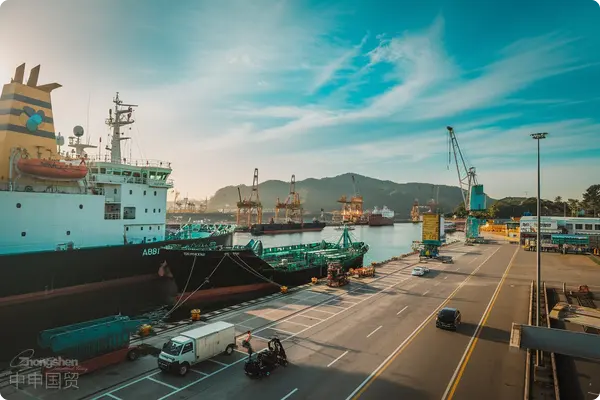- Shanghai Zhongshen International Trade Co., Ltd. - Two decades of trade agency expertise.
- Service Hotline: 139 1787 2118

The transnational game of technical standard adaptation
When acting as import agents for professional audio equipment,Technical parameter compatibility reviewis the primary risk control point. The EUs latest 2025 audio equipment access standards require:
- Sound pressure level limits reduced by 3dB compared to 2020 standards
- Theater equipment ≤115dB
- Conference systems ≤95dB
- EMC testing added 5G frequency band interference detection
- Energy labels must include standby power consumption data
A Shenzhen-basedforeign tradeIn 2024, when an enterprise imported German theater audio systems, failure to update dust protection requirements in Australian AS/NZS 60065 standards resulted in forced rework during installation, incurring additional $120,000 modification costs. It is recommended to implementThree-dimensional verification mechanism:
- Verification of country of origin certification documents
- Comparison with current standards in target markets
- Simulated installation environment testing
Hidden thresholds in installation qualification certification
Professional audio equipment installation services involveSpecial operation permits, with differentiated requirements across different markets:
| 22. Region | Essential Qualifications | Certification cycle |
|---|---|---|
| China | Level 3 qualification for audiovisual system integration | 90 working days |
| The Middle East | TUV fire system compatibility certification | 45 working days |
A typical case showed that when an agent undertook a concert hall project in Saudi Arabia, despite holding EU CE certification, the project acceptance was delayed by 4 months due to lack ofSASO special acceptance documents from the Saudi Standards Organization. It is recommended to establish aqualification matrix management table:
- Core qualifications should be applied for 6 months in advance
- Maximize reuse of regionally universal qualifications
Technical pathways for tariff classification optimization
HS code classification of professional audio equipment directly affectsThe floating range of comprehensive tax rates:
- 29 (professional sound reinforcement systems) tariff 8%
- 30 (conference system components) tariff 5%
- 10 (control modules) tariff 3%
A Shanghai company in 2024, when importing a complete set of performance equipment, throughmodular split declarationstrategy, adjusted the HS code from single classification to combined declaration, effectively reducing the overall tax burden by 14.7%. Key operational points include:
- Independent packaging of functional modules
Risk control system construction
EstablishFull-cycle risk management modelCan reduce unexpected losses by over 35%:
- Pre - technical verification stage
- Establishing a multinational technical committee
- Conducting pre-assessment of installation environments
- Mid-term implementation phase
- Setting up a risk reserve fund (3-5% of contract value)
- Implementing phased acceptance mechanisms
Professional audio equipment agency installation essentially involves finding a dynamic balance point betweentechnical compliance, commercial efficiency, and cost control. By building a management system integrating standard databases, qualification matrices, and tariff analysis, project profit margins can be increased by 8-12 percentage points.
Related Recommendations
? 2025. All Rights Reserved. Shanghai ICP No. 2023007705-2  PSB Record: Shanghai No.31011502009912
PSB Record: Shanghai No.31011502009912










